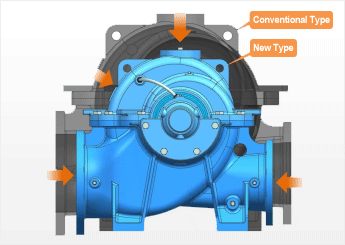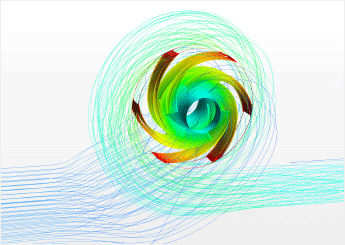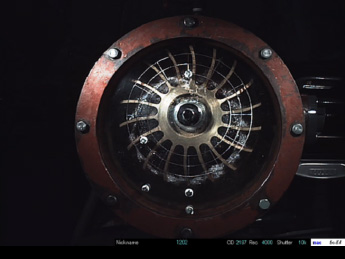Sustainability Challenge
Fluid Analysis and Efficiency Improvement for Pumps
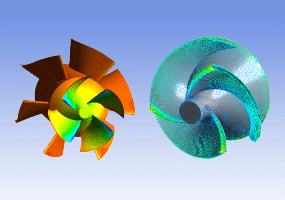
By using a fluid analysis, we optimize the shape of impeller while watching the pressure and velocity distribution carefully. Moreover, we are realizing the coexistence of higher velocity and efficiency by making the impeller match the pump casing.
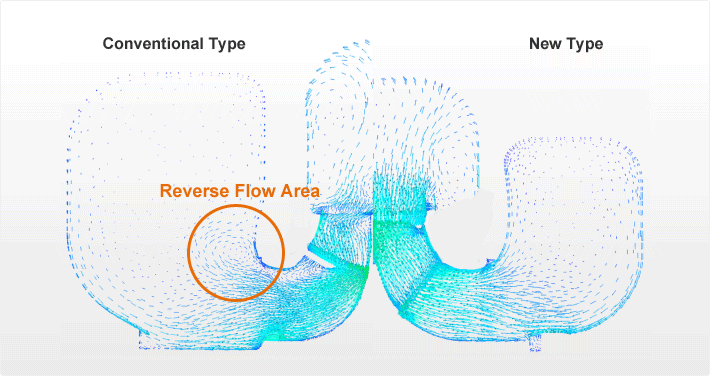
Pump Downsizing
Tsurumi is proceeding with downsizing and lightening through the reduction of wall thickness using a 3-dimensional structural analysis, and yet maintains the performance by using a fluid analysis. As a result, mass of the product has been greatly reduced.
Visualization of Liquid Ring Pump
Our liquid ring pumps suck and compress air by mounting the impeller shaft offcenter to the casing so that, as the impeller rotates, a crescent-shaped space forms inside the liquid ring. Because the air and liquid flows inside the pump are complicated, we visualize the flow phenomena for analysis with a high-speed camera.
Technical Analysis of a Liquid Ring Pump
We use Moving Particle Simulation (MPS) to analyze our liquid ring pumps. The method is good at reproducing the complicated flows that occur at gas-liquid interfaces, which is just what we need. Using MPS, we can calculate the density, temperature and pressure of the pumped liquid and gas, and use that information to optimize design for minimal energy loss, improved pumping performance and higher reliability.
-
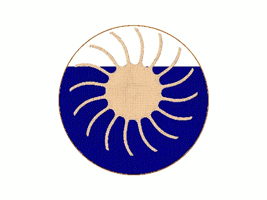
Liquid ring
Simulated crescent-shaped gas (black) inside of liquid ring (blue)
-
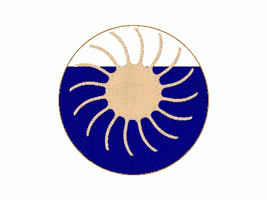
Density
Change in gas density
-
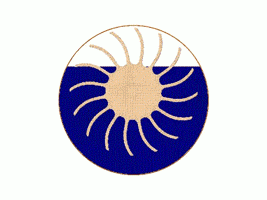
Temperature
Change in gas temperature due to compression
-
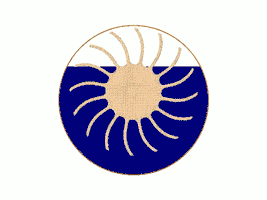
Pressure
Change in gas and liquid pressure
